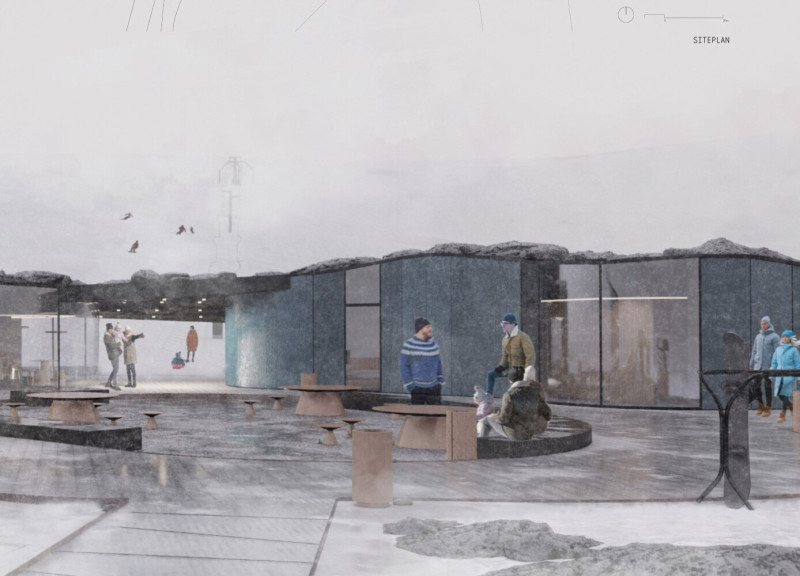5 key facts about this project
The project is a contemporary architectural endeavor that seamlessly integrates function, sustainability, and aesthetics. Located in [insert geographical location], this design responds to the unique characteristics of its environment while fulfilling the needs of its users. The architecture is characterized by a thoughtful arrangement of spaces that promotes functionality while enhancing the overall user experience.
The primary function of the building serves [insert function related to the space, e.g., residential, commercial, educational], providing a versatile environment tailored to specific needs. Each area within the structure is designed to maximize usability and comfort, ensuring that it meets the dynamic requirements of its occupants.
Unique Design Approaches
One exceptional aspect of this project is its commitment to sustainability. Incorporating eco-friendly materials and energy-efficient technologies reflects a forward-thinking approach to modern architecture. The use of recycled materials, coupled with innovative construction techniques, reduces the building's environmental footprint.
Additionally, the project utilizes natural ventilation and daylighting strategies to minimize reliance on artificial lighting and mechanical systems. This not only aids in reducing energy consumption but also creates a healthier and more inspiring environment for users.
The facade's design is another notable feature, comprising [insert materials used, such as glass, wood, concrete]. This selection not only enhances visual appeal but also contributes to thermal performance and durability. The interplay of materials generates a tactile quality that invites interaction while creating a coherent design language that resonates with the local context.
Architectural elements such as [insert specific structural features, like overhangs, terraces, or green roofs] contribute to both the utility and aesthetic value of the project. These components foster connectivity with the outdoor spaces and enhance the overall livability of the structure.
Integration of technology also distinguishes this project from others. Smart building systems and automated controls enable users to tailor their environments effectively. This responsive design strategy enhances comfort and efficiency, showcasing the importance of modern technology in architectural practice.
Unique Functionality
The layout features a series of flexible spaces that can adapt to various activities. This design approach supports the evolving needs of users while fostering communal interactions. Particular attention has been given to [insert details about communal areas, private zones, or multifunctional spaces] to ensure a balanced experience.
The careful arrangement of public and private spaces reflects an understanding of the social dynamics inherent in [insert functioning type, e.g., residential, educational]. Outdoor areas, such as [insert specific outdoor features like gardens or patios], are interwoven into the design, providing opportunities for relaxation and socialization while enhancing biodiversity.
This project exemplifies a holistic approach to architectural design, integrating sustainability, technology, and the needs of its users.
To gain deeper insights into the architectural plans, sections, and overall design, readers are encouraged to explore the project presentation for a comprehensive understanding. Attention to aspects such as material choices, spatial organization, and innovative ideas will provide a fuller picture of this architectural endeavor.


























